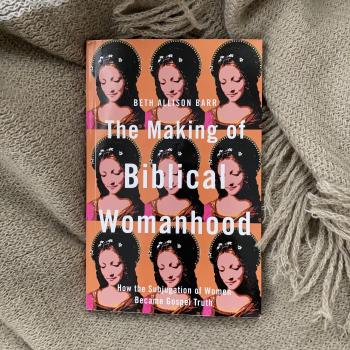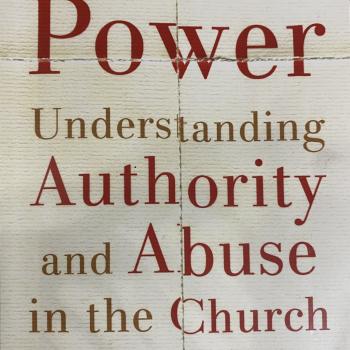 One of my favorite writing opportunities has been contributing both articles and book reviews to Bible Study Magazine. Produced by Lexham Press, the publishing arm of Faithlife, which also created Logos Bible Software, this bi-monthly magazine contains complete Bible studies, explores major themes from the Bible, interviews authors of important books on those themes, and reviews interesting books from within Christianity. It’s a wonderful resource for pastors, teachers, and regular believers seeking accessible—but not dumbed-down—content on the Bible.
One of my favorite writing opportunities has been contributing both articles and book reviews to Bible Study Magazine. Produced by Lexham Press, the publishing arm of Faithlife, which also created Logos Bible Software, this bi-monthly magazine contains complete Bible studies, explores major themes from the Bible, interviews authors of important books on those themes, and reviews interesting books from within Christianity. It’s a wonderful resource for pastors, teachers, and regular believers seeking accessible—but not dumbed-down—content on the Bible.
The most recent issue just arrived in my mailbox. Subscribe here and you can get your own copy. Their website offers only a small taste of each issue, holding the bulk of the content for subscribers. But today, my readers get an extra glimpse: my review of Lucy Peppiatt‘s latest, Rediscovering Scripture’s Vision for Women. It was among my favorite reads of 2019, one I recommend to every church leader, seminary student, and believer interested in what the Bible says about women.
With this rigorous yet readable volume, Peppiatt, principal of Westminster Theological Centre in the United Kingdom, offers a valuable addition to the ongoing discussion of women in the Bible. She presents a comprehensive theology of women, addressing disputed biblical passages that relate to the issue of women’s role in church life and in the home. Her goal: to determine whether the Bible can be read in a way that “allows us to claim (1) that Christian women are free to lead in the church in any and every capacity, and (2) that wives should take equal responsibility with their husbands in managing the home and family” (p2).
To do this, Peppiatt clarifies a few terms: instead of the largely American categories of complementarian and egalitarian, she prefers (and defines) mutualist and hierarchalist. Those terms better express, she says, people’s innate understanding of how God established the human relationship from the beginning.
Peppiatt pays critical attention to traditionally hierarchalist marriage and the problems that arise from it, also exploring how Paul gave culture-bending instructions to husbands in Ephesians 5. She concludes with a weighty chapter on 1 Timothy 2, the key passage used to justify restricting women from leadership.
An unapologetic mutualist, Peppiatt doesn’t claim to have a definitive interpretation of each disputed text. But she does poke holes in interpretations that limit women and argues that male domination is a human construct, not God’s original intent. Considering the breadth and depth of her content, Peppiatt has produced a modest-sized, very readable resource suitable for academics, clergy, and interested church members.
*Originally published in Bible Study Magazine, January/February 2020. Book link is affiliate.












